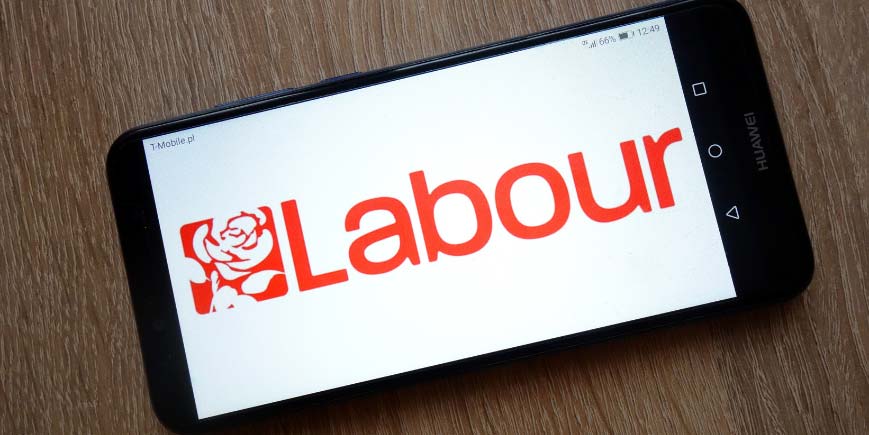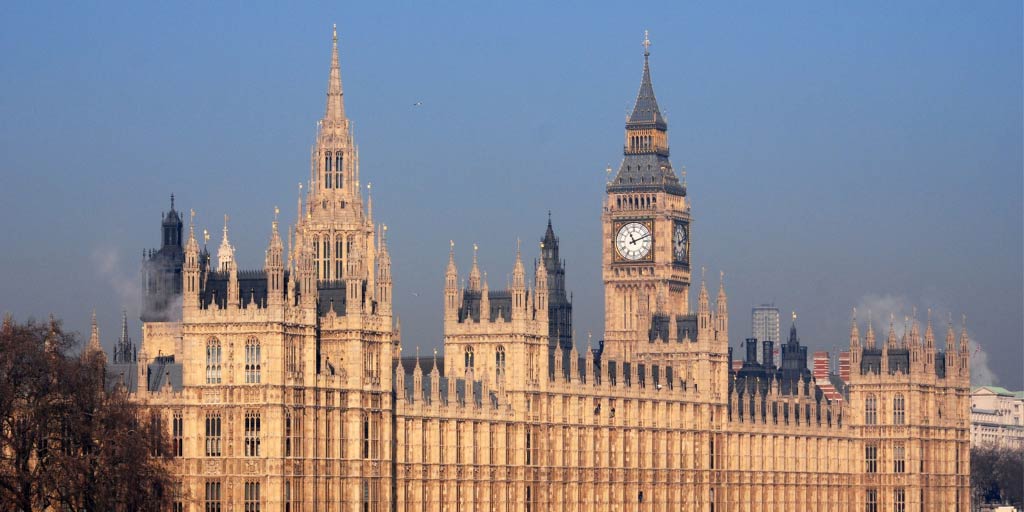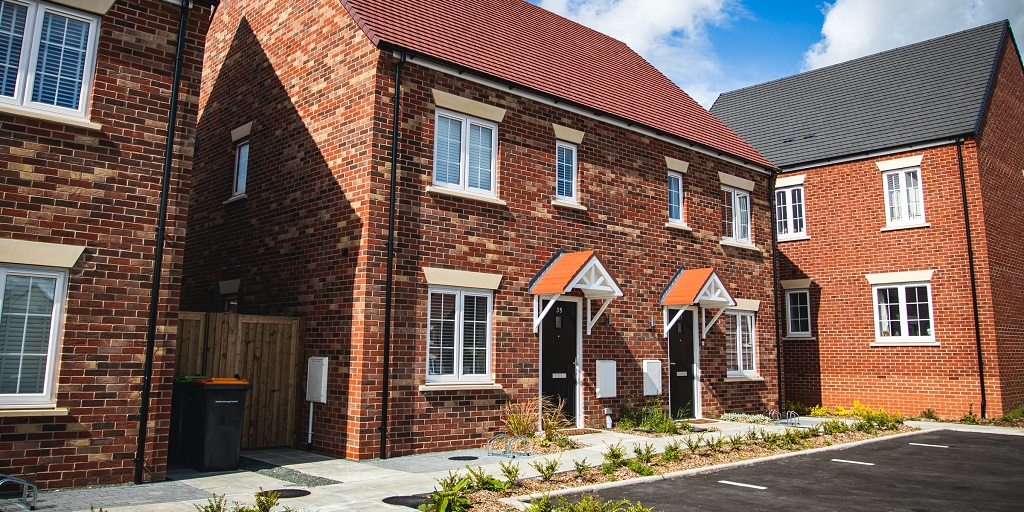This information should not be interpreted as financial, tax or legal advice. Mortgage and loan rates are subject to change.

Category: government and politics
Chancellor Rachel Reeves delivered Labour’s Spring Statement on Wednesday 26th March 2025. In it she discussed the Office for Budget Responsibility’s (OBR) halving in the UK’s growth forecast and the impact the party’s planning reforms are set to have on housing.
Ms Reeves’ statement is not an official budget, rather it is an update on the UK’s economy and progress made since her first budget in the role, on October 30th 2024.
At that time Reeves outlined seven ‘pillars’ behind her objectives, which covered; restoring economic stability, increasing productivity, supporting local growth plans, increasing employment prospects, implementing a strategy to support SMEs (Small to Medium size Enterprises), funding of research and development in science and achieving growth in clean energy.
The chancellor said that since her October budget “the world had changed”, which is why she has had to reduce the scope of many of her original plans.
Growth forecast
A big takeaway was the halving of the UK’s growth forecast from 2% to 1% by the OBR, which is quite a blow for Reeves original plans. Reeves said of these statistics:
I am not satisfied with these numbers.
“That is why we on this side of the house are serious about taking the action needed to grow our economy.
“Backing the builders, not the blockers
Going on to cite a number of initiatives, including building a third runway at Heathrow, the Planning and Infrastructure Bill, increasing investment, with reforms to the pensions system, a New Wealth Fund and “tearing down regulatory barriers”, Reeves stated that she feels she has “a serious plan for growth”.
Housebuilding to hit highest level in 40 years?
One very surprising upshot from the OBR forecast for the Spring Budget is that housebuilding is supposed to grow to its “highest level in 40 years”.
However, sceptics are likely to place a significant question mark over that outcome being achieved, given that successive governments have not hit housebuilding targets in decades.
Even if you were to set aside political days gone by, as recently as February this year, data was released which showed that housebuilding rates were at their lowest level in twelve months. Not only this, but an already under-resourced pool of skilled workers is set to decline further, with twenty five percent of the construction workforce set for retirement in the next ten to fifteen years.
Reeves intends to invest an additional £2 billion into social and affordable homes in 2026, but with the cost of a three bedroom house estimated at between £126,000 and £300,000 that is at best just under 16,000 homes (Rachel Reeves set her figure at “up to 18,000 homes”, which feels generous) this still is not impactful enough to bring housing affordability to the doors of large swathes of the UK public.
What does this all mean for landlords?
The good news from the chancellor today was perhaps rolled up in things that did not get put into her plans. No further tax changes to be piled on top of those already gone before is good news.
Growth is evidently stunted, and whilst inflation fell in February from 3% to 2.8%, the OBR are forecasting that the Consumer Price Index will average 3.2% this year, which implies it is set to grow before an anticipated rapid fall to the 2% target from 2027 onwards.
With this being the case, costs for tenants are likely to rise, which may squeeze rental property yields, however, the reality is that the country remains desperately short of housing.
As soon as any rental property goes on the market, tenants are queuing to apply for it. Whilst this makes matters very difficult for tenants, it invariably means landlords have their choice of who to accept, which is a huge benefit.
Landlords continue to have to plan carefully, but demand upon the private rental sector does not seem likely to change.


